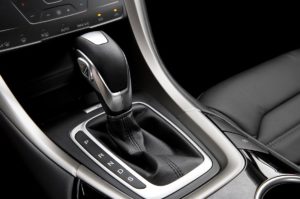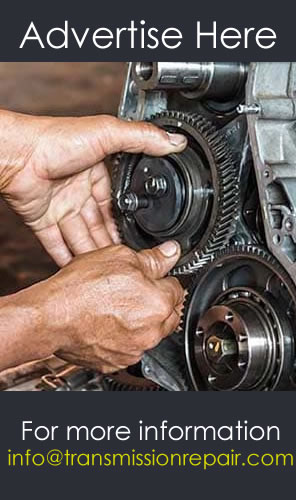Automatic Transmission
An automatic transmission, also called auto, self-shifting transmission, n-speed automatic (where n is its number of forwarding gear ratios), or AT. Besides, it is a type of motor vehicle transmission that can automatically change gear ratios as the vehicle moves. It also frees the driver from having to shift gears manually. Because like other transmission systems on vehicles, it allows an internal combustion engine, best suited to run at a relatively high rotational speed, to provide a range of speed and torque outputs necessary for vehicular travel. The number of forwarding gear ratios is often expressed for manual transmissions as well.

Parts of an Automatic Transmission

Hydraulic automatic transmissions
The predominant form of automatic transmission is hydraulically operated. Moreover, it uses a fluid coupling or torque converter, and a set of planetary gearsets to provide a range of gear ratios.
In addition, Hydraulic automatic transmissions consist of three major components:
Torque converter
A type of fluid coupling, hydraulically connecting the engine to the transmission. This takes the place of a friction clutch in a manual transmission. It transmits and decouples the engine power to the planetary gears, allowing the vehicle to come to stop with the engine still running without stalling.
Planetary gears train
Consisting of planetary gear sets as well as clutches and bands. These are the mechanical systems that provide the various gear ratios, altering the speed of rotation of the output shaft depending on which planetary gears are locked.
Hydraulic controls
Uses special transmission fluid sent under pressure by an oil pump to control various clutches. Bands modifying the speed of the output depending on the vehicle’s running condition.
The Advantages of Automatic Transmission
Convenience
The main benefit of automatic transmissions is that they are simply easier to use. Driving an automatic transmission car is so easy! The driver just needs to focus on accelerator and brake.
Strength
Automatic transmissions are more powerful than any equivalent manual transmission.
Acceleration
In general, automatics shift faster and more accurately than most manual transmission drivers can manage.
Torque Multiplication
Almost all true automatics use a fluid coupling called a “torque converter,” which is what allows the engine to idle. A torque converter is a type of fluid coupling which transfers rotating power from a prime mover, like an internal combustion engine, to a rotating driven load.

